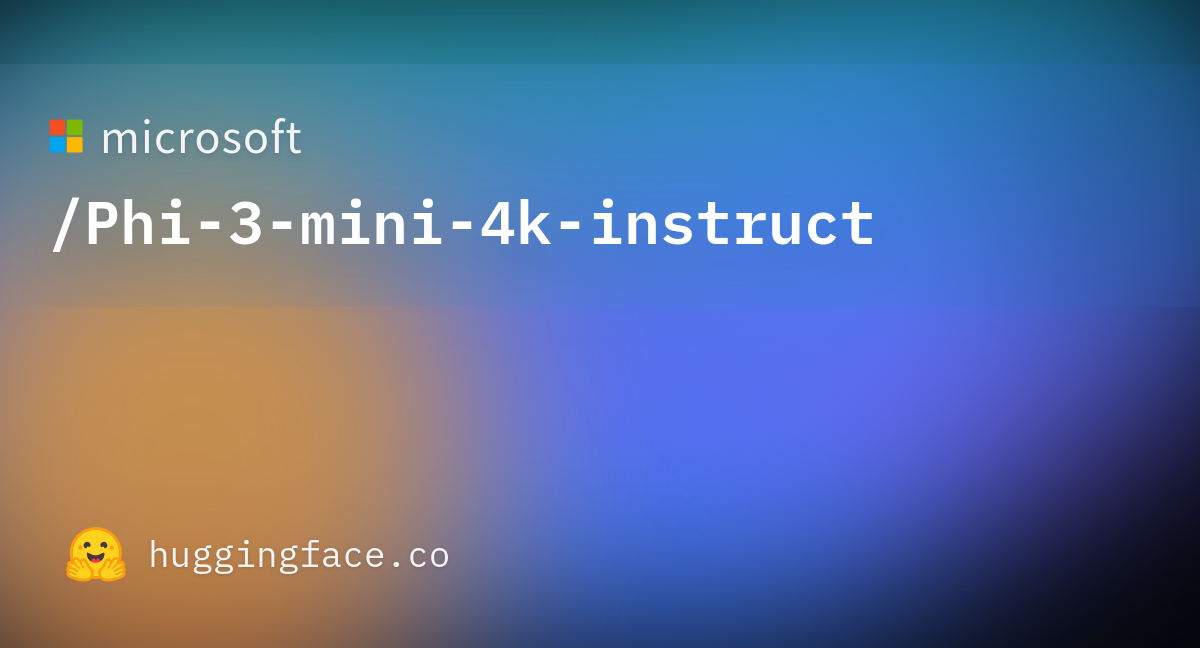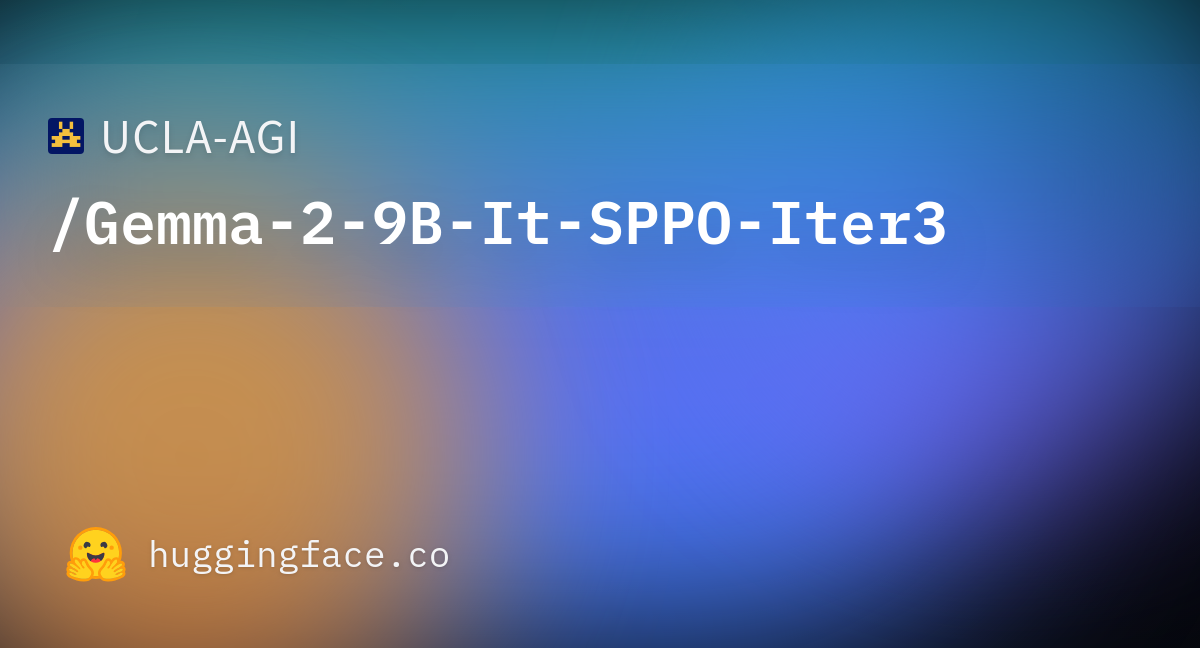For the past couple of years, innovation has been accelerating in new materials development. And a new French startup called Altrove plans to play a role

techcrunch.com
Altrove uses AI models and lab automation to create new materials
Romain Dillet
12:00 AM PDT • July 3, 2024
Comment
Image Credits: bagi1998 / Getty Images
For the past couple of years, innovation has been accelerating in new materials development. And a new French startup called
Altrove plans to play a role in this innovation cycle. The deep tech startup has already raised €3.7 million (around $4 million at current exchange rates).
If you’re interested in new materials development, you may have noticed that several teams have shared important breakthroughs with the research community when it comes to materials prediction.
“Historically, over the last 50 years, R&D to find new materials has advanced at a very slow pace,” Altrove co-founder and CEO Thibaud Martin told TechCrunch. There have been several bottlenecks. And an important one has been the starting point — how can you predict if materials made out of a handful of elements can theoretically exist?
When you assemble two different chemical elements, there are tens of thousands of possibilities. When you want to work with three different elements, there are tens of thousands of combinations. With four elements, you get millions of possibilities.
Teams working for DeepMind, Microsoft, Meta or
Orbital Materials have been developing artificial intelligence models to overcome calculation constraints and predict new materials that could potentially exist in a stable state. “More stable materials have been predicted in the last nine months than in the previous 49 years,” Martin said.
But solving this bottleneck is just one part of the equation. Knowing that new materials can exist isn’t enough when it comes to making new materials. You have to come up with the recipe.
“A recipe isn’t just about what you put together. It’s also about the proportions, at what temperature, in what order, for how long. So there are lots of factors, lots of variables involved in how you make new materials,” Martin said.
Altrove is focusing on inorganic materials and starting with rare earth elements more specifically. There’s a market opportunity here with rare earth elements because they are hard to source, pricing greatly varies and they often come from China. Many companies try to rely less on China as part of their supply chain to avoid regulatory uncertainties.
Creating an automated iteration loop
The company doesn’t invent new materials from scratch but it selects interesting candidates out of all the new materials that have been predicted. Altrove then uses its own AI models to generate potential recipes for these materials.
Right now, the company tests these recipes one by one and produces a tiny sample of each material. After that, Altrove has developed a proprietary characterization technology that uses an X-ray diffractometer to understand if the output material performs as expected.
“It sounds trivial but it’s actually very complicated to check what you’ve made and understand why. In most cases, what you’ve made isn’t exactly what you were looking for in the first place,” Martin said.
This is where Altrove shines, as the company’s co-founder and CTO Joonatan Laulainen has a PhD in materials science and is an expert in characterization. The startup owns IP related to characterization.
Learning from the characterization step to improve your recipe is key when it comes to making new materials. That’s why Altrove wants to automate its lab so that it can test more recipes at once and speed up the feedback loop.
“We want to build the first high throughput methodology. In other words, pure prediction only takes you 30% of the way to having a material that can really be used industrially. The other 70% involves iterating in real life. That’s why it’s so important to have an automated lab because you increase the throughput and you can parallelize more experiments,” Martin said.
Altrove defines itself as a hardware-enabled AI company. It thinks it will sell licenses for its newly produced materials or make those materials itself with third-party partners. The company raised €3.7 million in a round led by
Contrarian Ventures with
Emblem also participating. Several business angels also invested in the startup, such as Thomas Clozel (Owkin CEO), Julien Chaumond (Hugging Face CTO) and Nikolaj Deichmann (3Shape founder).
The startup draws inspiration from biotech companies that have turned to AI to find new drugs and treatments — but this time for new materials. Altrove plans to build its automated lab by the end of the year and sell its first asset within 18 months.












